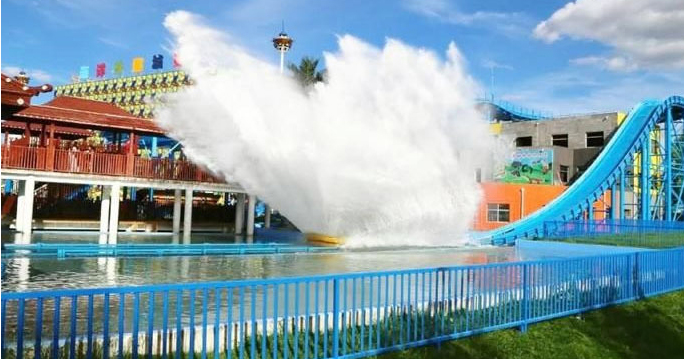- Albanian
- Arabic
- Belarusian
- Bengali
- Czech
- English
- French
- German
- Hebrew
- Hungarian
- Indonesian
- irish
- Italian
- Japanese
- kazakh
- Persian
- Russian
- Thai
- Uzbek
- Vietnamese
roller coasters design
The Art and Engineering of Roller Coaster Design
Roller coasters have long been a symbol of thrill and excitement in amusement parks, attracting millions of adrenaline seekers each year. The design of these adrenaline-pumping rides is a complex blend of art and engineering, requiring creativity, precise calculations, and an understanding of physics. From the initial concept to the final product, the journey of roller coaster design is a fascinating exploration of technology, aesthetics, and human experience.
At the heart of roller coaster design is the need for safety and reliability. Engineers must ensure that every element of the ride can withstand the stresses and strains it will encounter. This begins with detailed simulations, where engineers use computer-aided design (CAD) software to create intricate models of the coaster. These models help in analyzing forces acting on the ride, such as G-forces, structural integrity, and passenger comfort. The design must adhere to strict safety standards set by organizations like the American Society for Testing and Materials (ASTM) and the International Association of Amusement Parks and Attractions (IAAPA).
The Art and Engineering of Roller Coaster Design
Aesthetic appeal is another important aspect of roller coaster design. The overall theme of the ride often correlates with its environment, and this can significantly enhance the rider's experience. Coasters can be designed to blend in with natural landscapes or to stand out as towering structures against the skyline. The color schemes, materials used, and even the tracks themselves are selected to create an immersive atmosphere. Themes often draw inspiration from popular culture, history, or fantasy, engaging every sense and adding depth to the ride.
roller coasters design

One of the most groundbreaking innovations in roller coaster design has been the development of steel coasters. Unlike traditional wooden coasters, steel structures offer greater flexibility, allowing for more complex shapes and smoother rides. This advancement has led to the creation of record-breaking coasters, with heights exceeding 300 feet and speeds surpassing 75 mph. The iconic loop-de-loop and zero-gravity rolls are now commonplace, providing a thrilling experience that wooden coasters simply cannot compete with.
Environmental considerations are becoming increasingly important in roller coaster design. Many parks are striving to minimize their ecological footprint by implementing sustainable practices, such as using recycled materials or energy-efficient technologies. Additionally, the design process involves careful planning to preserve surrounding ecosystems and wildlife habitats.
As we look to the future, the realm of roller coasters is evolving rapidly. Innovations such as virtual reality technology are being integrated into rides, allowing guests to experience them in entirely new ways. Imagine a coaster that not only twists and turns but also immerses you in a virtual world, enhancing the sensation of speed and dropping you into fantastical landscapes. This combination of physical thrills and virtual experiences could redefine what it means to ride a roller coaster.
In conclusion, the design of roller coasters is a multifaceted process that marries engineering precision with creative storytelling. From safety measures to aesthetic considerations, every decision made contributes to the exhilarating experience riders crave. As technology continues to advance and the demand for novel experiences grows, the world of roller coasters will undoubtedly continue to thrill and inspire, inviting us all to take a ride on the wild side. Whether a heart-stopping plunge or a gravity-defying loop, the roller coaster remains a cherished icon of adventure and joy.
-
Flume Ride-Hebei Zhipao Amusement Equipment Manufacturing Co., Ltd.|Thrilling Water Attraction&Customizable DesignJul.30,2025
-
Flume Ride - Hebei Zhipao Amusement Equipment | Water Coaster, Thrilling DescentJul.30,2025
-
Flume Ride - Hebei Zhipao | Thrilling Water AttractionJul.30,2025
-
Flume Ride: Thrilling Water Attraction by Hebei Zhipao|Log Flume Manufacturers&Flume Ride DesignJul.30,2025
-
Flume Ride-Hebei Zhipao Amusement Equipment Manufacturing Co., Ltd.|Thrilling Water Coaster, Safe DesignJul.30,2025
-
Flume Ride-Hebei Zhipao Amusement Equipment Manufacturing Co., Ltd.|Thrilling Water Attraction, Safe DesignJul.30,2025
